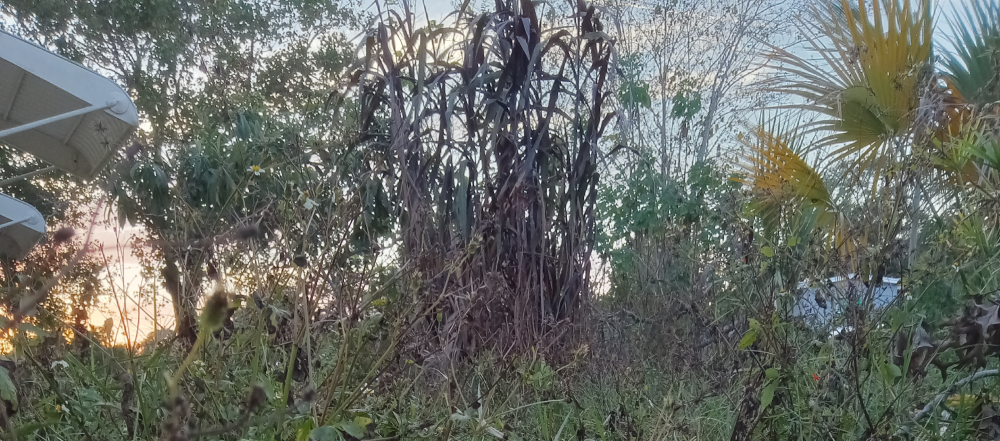Sheer Total Utter Neglect: The Low Maintenance Gardening Method That Works
The Sheer Total Utter Neglect (STUN) method of gardening is a low-maintenance approach to growing plants that relies on the natural resilience of plants to thrive. STUN gardeners simply plant their crops and then leave them to fend for themselves, with minimal watering, fertilizing, or weeding.
The STUN method was developed by Mark Shepard, a farmer in Wisconsin who was looking for a way to reduce the amount of work required to grow food. He found that by simply letting nature take its course, he was able to grow a healthy and productive crop of vegetables.
The STUN method is not without its challenges. Weeds can be a problem, as they can compete with crops for water and nutrients. However, Shepard found that by using a variety of crops, he was able to create a system that naturally suppressed weeds.
Another challenge of the STUN method is that it can be difficult to predict how well your plants will do. Some crops may thrive in the neglectful environment, while others may struggle. However, Shepard found that by experimenting with different crops and techniques, he was able to develop a system that worked well for him.
Overall, the STUN method is a low-maintenance and sustainable approach to gardening that can be a great way to grow your own food. If you are looking for a way to reduce the amount of work required in your garden, the STUN method may be a good option for you.
Benefits of the STUN Method
There are many benefits to the STUN method of gardening. Here are a few of the most important ones:
Low-maintenance. The STUN method is a very low-maintenance approach to gardening. Once you have planted your crops, you can simply leave them to grow on their own. This can save you a lot of time and effort.
Sustainable. The STUN method is a very sustainable approach to gardening. It does not require the use of any synthetic chemicals or fertilizers. This can help to protect the environment.
Healthy plants. The STUN method can help to produce healthy plants. By allowing plants to fend for themselves, they are forced to develop strong roots and stems. This makes them more resistant to pests and diseases.
Productive crops. The STUN method can help to produce productive crops. By allowing plants to grow naturally, they are able to develop their own unique flavor and nutritional profile.
How to STUN Garden
If you are interested in trying the STUN method of gardening, here are a few tips:
Choose the right location. The location of your STUN garden is important. Choose a spot that gets plenty of sunlight and has well-drained soil.
Prepare the soil. The soil in your STUN garden should be loose and well-drained. You can add compost or manure to improve the soil quality.
Plant your crops. Plant your crops in the spring or fall. Choose a variety of crops that are suited to your climate.
Water your plants. Water your crops regularly, especially during the first few weeks after planting. After the first few weeks, decrease the amount of water and time you are spending on the plants. The goal here is tonencourage them to be strong and resilient.
Fertilize your crops. Fertilize your crops once a month with a balanced fertilizer. Or dump composted manure in the planting hole and forget about the plants. Its really up to you and your level of comfort with the STUN method.
Weed your crops. Weed your crops regularly, especially during the first few months after planting. Or leave the weeds, shich are already highly adapted to yoir area. Weeds will generally not be able to harm tree saplings and will encourage the tree to quickly grow taller and more robustly.
Tips for STUN Gardening
Here are a few tips to help you STUN garden successfully:
Experiment. Experiment with different crops and techniques to find what works best for you.
Be patient. STUN gardening takes time. It may take several seasons for your plants to reach their full potential.
Enjoy the process. STUN gardening is a great way to connect with nature and grow your own food.
